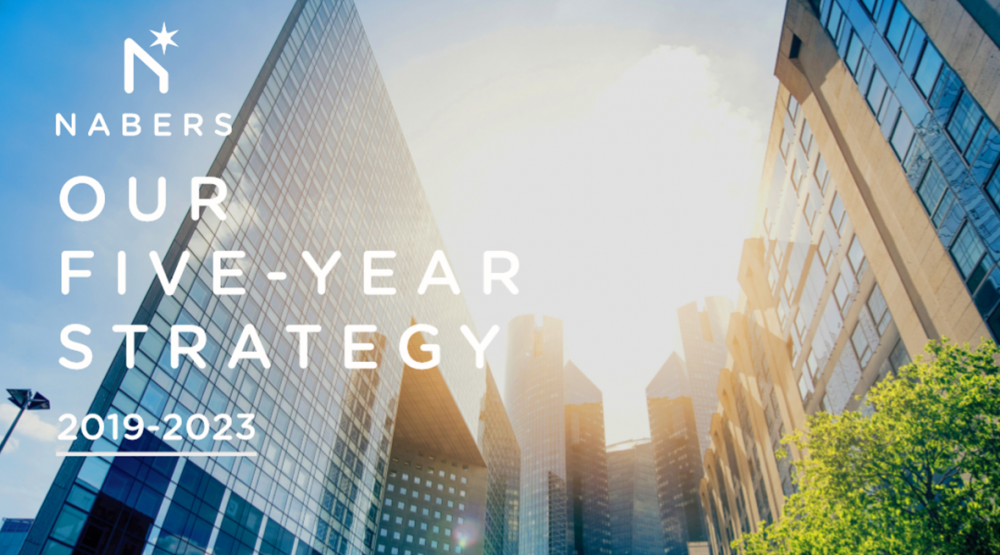
As little as five years ago, millennials was considered a bad word.
Back in 2013, I would get my fair share of backlash from attendees of my presentations while doing what few were doing at the time: flying millennials’ flags high, connecting five generations, and showing why each generation is critical.
In doing so, I stirred things up and upset some people along the way.
Thankfully, most folks soon began to see millennials as the valuable contributors that they are. I even had attendees thank me after my presentations for helping them understand millennials’ unique talents, characteristics, and motivations.
Now, millennials are leading cleaning businesses, working alongside boomers, Generation X, and Generation Z.
Today’s cleaning workplace is a collective of four or five generations working side by side. Communication between these groups isn’t always easy, but it is essential for organisational success. Listening to staff in each generation will help you improve retention, increase productivity, and keep your customers happy. This is good for business!
I recently had a phone conversation about the challenges and opportunities that come with having multiple generations in the workplace and want to share the highlights of that discussion.
I received an email from Carmen, a manager who had attended one of my presentations. She had read a popular article I had written about generations and reached out to me for help with her own work situation. Her staff and other leaders at her company were having trouble navigating the organisation’s five generations of employees.
The tone of her email suggested that she was reaching a “desperate-measures phase,” where employees could get written up, lectured, or even fired. It was serious. With my ability to assist leaders in creating a company culture of generational understanding, mentorship, and better communication, I knew how to help her connect different generations, especially millennials and Generation Z.
After reading her email, I replied, “Not a problem – I can help you. Let’s chat.” I sent her a few ideas and resources that would help her think differently and take action even if she wasn’t ready to talk yet. When we spoke the next day, I could sense Carmen clutching her phone on the other end of the line; her voice was curt, the anger palpable, and her confusion very real.
Carmen described how poor communication between the different generations at her company was causing friction and anger and was lowering productivity. She had pointed to inadequate communication as being the issue at her company, and I agreed. I explained to her that by understanding nuances and the perspective of each generation, she and the company’s other leaders could grow connections and relationships between employees.
I was confident that this would both address her main pain points and improve productivity, and Carmen was receptive to the idea. We planned for me to visit her company, and I sent Carmen a few more tips via email to help her put a bandage on things in the meantime. I focused on easy-to-implement strategies that would benefit many, along with some mentoring ideas.
Mentoring is essential, especially to Generation Z, which is young and open to guidance. Members of this generation will stay at a job longer than those of other generations and want to be mentored.
Millennials are a little older, are better established, and have a different work perspective. It is critical to connect these two generations now—today—because they’re huge in numbers and speak a similar language.
Those in Generation Z, who are sometimes called Globals, range from nine to 23 years of age. They number around 84 million in the United States, and once you get to know them, you’ll see they are productive and have a great work ethic.

A few things to keep in mind when working with this generation include the following:
- They love their technology: Members of Generation Z were born just before the age of smartphones and grew up using them. Instead of taking their phones away, employers who work with this information are better positioned to retain these passionate young people.
- They’ll do college, but not traditionally: Generation Z has seen the debt that siblings, parents, and others have accumulated getting two- or four-year degrees and fears it. They’re also angry. The thought that they’re expected to spend tens of thousands of dollars and still take on high-interest debt is beyond upsetting. Many are opting to go from high school to the workplace while earning their degree online or during evenings and weekends. They may not come to you with a college degree, but they’ll most likely earn one in their own way. Employers who understand this newer trend will be positioned to hire and retain a young and talented pool of employees and grow their cleaning businesses.
- They value job security: They’ve heard about downsizing. They’ve listened as family members described the struggles of 2008. They’re cautious and desire job stability. Offer this, and you’re more likely to retain them and get their friends to consider working for you too.
Generation Z is poised to rock the economy, the workplace, and our lives. If you welcome this group, you will be adding a new layer of young talent to your staff, giving you a distinct advantage in the market. If you instead wait on the sidelines to see what they’re all about, if they’ve “got game” and will perform well, your competitors will surpass you in the blink of an eye.
Once we understand what’s getting in the way of communication between generations, information sharing, and productivity will grow. It’s a cool thing to watch.
I ran a five-year research project at conferences, where I collected data on generations. After sorting through it, I concluded that connecting five generations in the workplace can be done if top management supports these seven principles:
- Share the big picture
Sharing your vision, goals, and direction with staff on a regular basis empowers individuals and creates opportunities for discussion and cooperation between generations.
- Encourage respect
This principle speaks for itself; however, older and younger generations need to be reminded that each brings valuable talent and experience to the workplace.
- Listen
Leaders, managers, and owners who listen to their staff give their businesses a huge advantage. You’ll learn valuable information and create a culture where individuals of all generations are open to sharing, which builds trust.
- Mentor and train
Beyond the initial training that employees receive, statistics show that continued training and mentoring improves retention, strengthens relationships, and provides opportunities for different generations to learn from one another. Communication between generations grows as we focus on individuals and commonalities.
- Give positive feedback
Everyone in the workplace wants this, whether the employee is 18 or 88. It is as contagious as laughter, it makes you feel noticed and appreciated, and you stand a little taller.
- Foster communication
Even one hour of facilitated communication generates results that can last a lifetime. When people of different generations sit together and share their views and opinions of other generations in a respectful way, it builds understanding, grows relationships, and strengthens your workplace culture. That’s a big win!
- Support sharing ideas, information, and knowledge
Workplaces that do this create an environment and culture of caring, trust, and positive energy. Folks are much more likely to open up when they know that top management encourages this.
Leaders everywhere should be ready to embrace the differences in their employees and connect the five generations within their workplaces.
With a widespread respect for others and the support of an open and positive company culture behind them, these are the individuals who will take the cleaning industry into the future.
Scott Lesnick is a consultant, author, and global keynote speaker who is passionate about professional growth, leadership, and generational inclusion. He can be reached at scott@scottlesnick.com.
This article was first published by ISSA Today and was republished with permission in the March/April issue of INCLEAN magazine.
Comment below to have your say on this story.
If you have a news story or tip-off, get in touch at info@incleanmag.com.au
Sign up to INCLEAN’s newsletter.



